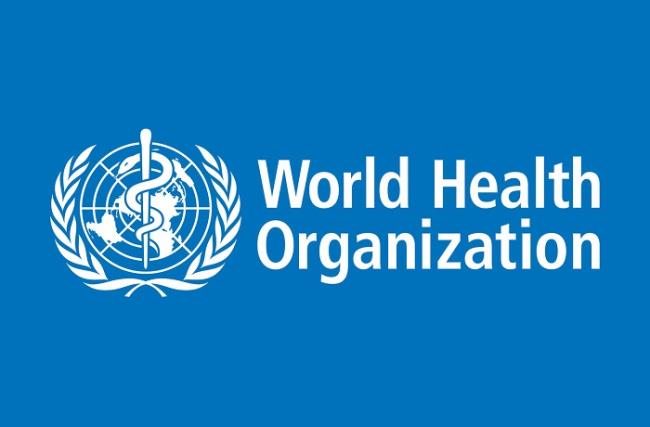The World Health Organisation, WHO, has cautioned against alarming high caesarean-section rates globally.
In the same vein, Doctors and researchers have also long been warning of the practice.
It was gathered that among countries with such high C-section rates, only one has managed to change – China.
The story of how China succeeded where others failed is exemplary but also somewhat troubling.
Less than a decade ago, China was criticised by the WHO for having one of the highest Caesarean-section rates in the world, however, things have changed very quickly.
According to reports, China’s C-section rate is still double that of Scandinavian countries and the rate is going up but that rate of increase is slowing.
And remarkably, researchers say, the numbers show China is on track to reverse its high C-section rates.
A Harvard University professor, Susan Hellerstein, while analyzing more than one hundred million births in China, said China has managed to make a dent in C-section growth rates when other countries like Brazil have not managed to crack it.
Part of this success according to her, is down to serious investment in maternity care and the rise of wellness culture among the middle classes in Chinese cities – but the key factor here is the punitive element, which experts fear means women do not really have free choice when it comes to childbirth.
Nevertheless, many acknowledge that it’s remarkable for a country that recorded one-seven-point-two million live births in 2017 to effect such a shift – it has not been replicated elsewhere.
China’s health bureaucracy sprang into action in 2001, when the National Health and Family Planning Commission highlighted reducing C-section rates as a national priority in their ten-year plan, after a WHO paper showed the country’s rate at forty-six per cent.
There are now compulsory natural birth and breastfeeding classes, retraining for physicians to strengthen obstetrics skills and more midwifery training institutes.
So, what’s wrong with a Caesarean birth? In many situations, it is a life-saving procedure – but it is
also risky and, as with any major surgery, recovery takes time.
The World Health Organization cautions against it when not medically necessary.





Comments are closed for this post.